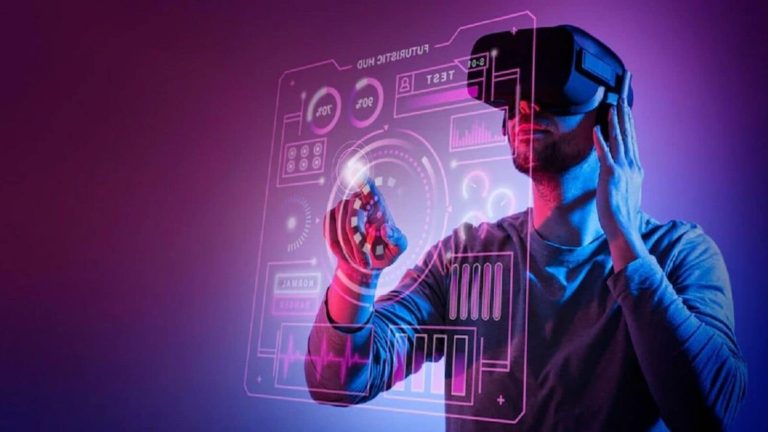For much of the year, Chinese state-backed media has had a field day promoting the idea that the era of humanoid robots isn’t coming. It’s already here.
These machines and their proponents know how to put on a show. Robots took center stage, performing a traditional dance at the highly watched CCTV Lunar New Year broadcast earlier this year, and participated in a half marathon last month. Two robot boxers are set to compete in the world’s first machine-on-machine showdown. Even China-wary US outlet Fox News has been impressed by their bots’ Kung Fu moves.
But beneath the façade there were cracks: The dancers performed for just a few carefully choreographed minutes, and less than a third of the nearly two dozen androids participating in the half-marathon completed the 13-mile race. High-profile skeptics have emerged, from Alibaba Group Holding Ltd. Chairman Joe Tsai to venture capitalist Allen Zhu, who has said that the bots’ biggest customers are “state-owned enterprises buying them to display at the front desk.”
It’s easy to be cynical about a robotic future as hype cycles have come and gone without bringing us much closer to the science fiction writers and filmmakers have spent decades foretelling. The technical limitations of trying to engineer intelligence and spatial awareness have always proven too difficult and expensive.
China’s mission to become a world leader in robotics has been a policy goal for a decade, but a few developments this year that have added urgency. Propaganda aside, there is now evidence that China is poised to take the lead in the development and deployment. The juncture should be a wake-up call for Washington.
Artificial intelligence has reinvigorated the nation’s tech ambitions, but humanlike robots have spurred just as much exuberance. The twin tech booms complement each other. The trade war has also given Beijing’s automation push a new purpose.
Unitree Robotics, the startup driving the broader craze, has a lot of similarities with AI darling DeepSeek. Both are based in Hangzhou, and Unitree Chief Executive Officer Wang Xingxing had a front-row seat during President Xi Jinping’s meeting with tech leaders in February. Unitree is also heavily competing on price, with its offerings just a fraction of the cost of those in the US. And, like DeepSeek, it has open sourced its software components, allowing any tinkerer or engineer to program on top of its technology.
Even before Unitree’s recent breakthroughs, the government’s steady support for the sector as a strategic priority gave China many advantages. Beijing first began investing in robotics as part of its Made in China 2025 initiative announced 10 years ago, and has since reaffirmed this commitment by unlocking fresh state-backed investments.
The industry is also buoyed by advanced tech supply chains for EVs and batteries, giving it easy access to many components used in robotics. And the vast engineering talent pool dominates that of the US, even if Silicon Valley still has advantages in chips and software. China has also been quietly spearheading research, accounting for 78% of all robotics patents over the last two decades compared to America’s 3%, according to a note from Citigroup Inc. last year.
The uncertainty wrought by President Donald Trump’s trade war will make it very difficult for US tech firms to have a shot at staying competitive, with Chinese suppliers now controlling much of their components.
Meanwhile, Unitree’s flagship G1 humanoid is “entirely decoupled from American components,” according to a recent technical report from SemiAnalysis. China has outcompeted the US in all capacities in robotics, the report adds. This poses an existential threat as it could allow the country to unlock free, 24-hour labor that could lower the costs of a variety of exports.
China’s robots might be able to dance, but they can’t replace humans in a variety of tasks or factory settings quite yet. But Unitree’s rise — in nine years it has created what some say is the only viable humanoid robot on the market — is a reminder that the decades are short. America has no time for distractions.
More From Bloomberg Opinion:
This column reflects the personal views of the author and does not necessarily reflect the opinion of the editorial board or Bloomberg LP and its owners.
Catherine Thorbecke is a Bloomberg Opinion columnist covering Asia tech. Previously she was a tech reporter at CNN and ABC News.
This article was generated from an automated news agency feed without modifications to text.


